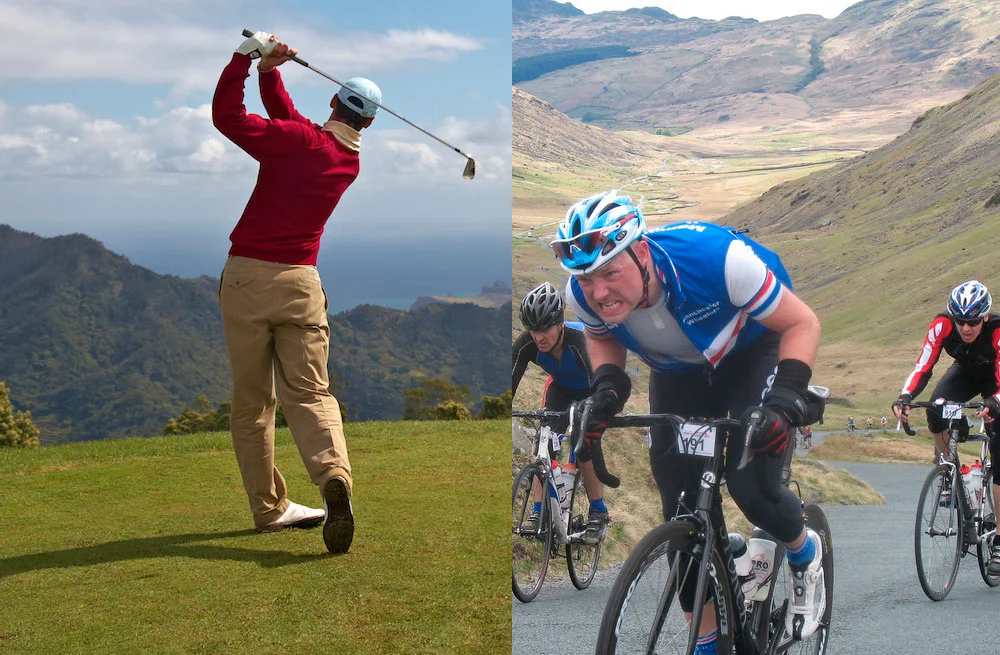Arthritis is one of the most common degenerative disorders that patients see a physician about. It’s caused by a loss of cartilage, and it affects many different joints. Up to one in four adults in the United States are impacted by significant arthritis.
The main symptoms people experience are pain, swelling, and stiffness. As more cartilage is lost in the joint, the bones can rub against each other. Bone-on-bone arthritis is severe arthritis.
There are many causes of arthritis. Genetics can play a role. Older age, prior trauma or injuries to a joint, instability in a joint, and obesity can all predispose people to arthritis.
The most common type of arthritis is osteoarthritis, which is the degenerative wear-and-tear arthritis. Other types of arthritis, such as rheumatoid arthritis and inflammatory arthritis such as gout, also exist.
Relieving Hip & Knee Pain Without Surgery
Arthritis cannot currently be cured, but we can manage symptoms and pain. We start with non-operative management.
- Activity modification. Trying to avoid those things that flare symptoms. For example, replacing high-impact activity such as running, jumping, pivoting, and cutting sports with lower impact activities such as cycling, elliptical, walking or swimming can reduce pain and symptoms.
- Medications. You can start with over-the-counter pain relievers like Tylenol and non-steroidal anti-inflammatories (NSAIDs), including ibuprofen, Advil, Motrin, or naproxen (Aleve). If the over-the-counter versions are not providing enough pain relief, there are prescription versions your doctor can prescribe. If you have medical conditions that mean you can’t take the oral (pill) forms of pain reliever, there are topical medications your doctor can prescribe.
- Injections. There are multiple types of injections available for arthritis pain relief, but the two main ones are cortisone injections and hyaluronic acid (gel) injections.
- Exercise. Exercise is a major component of managing arthritis. Keeping the muscles around the joint strong can help to offload some of the pain. As arthritis gets worse, people tend to lose range of motion. Exercise is important to try to maintain the range of motion. People who are sedentary have worse arthritis symptoms than people who are active.
- Weight loss. Even small changes in weight can make dramatic improvements in arthritis pain, especially for arthritis pain of the lower body. A three-to-five-pound weight loss is 20-25 pounds or more of force that goes through the knee or the hip.
- Physical therapy. Physical therapy can be very effective at strengthening the muscles around the joint and maintaining range of motion. Physical therapy can be done without surgery or before surgery, not just after surgery.
- Braces and splints. Braces and splints can be helpful for people, especially for knee arthritis.
- Alternative and biologic therapies. Talk to your doctor about alternative therapies such as acupuncture or biologic therapy such as stem cells or PRP.

